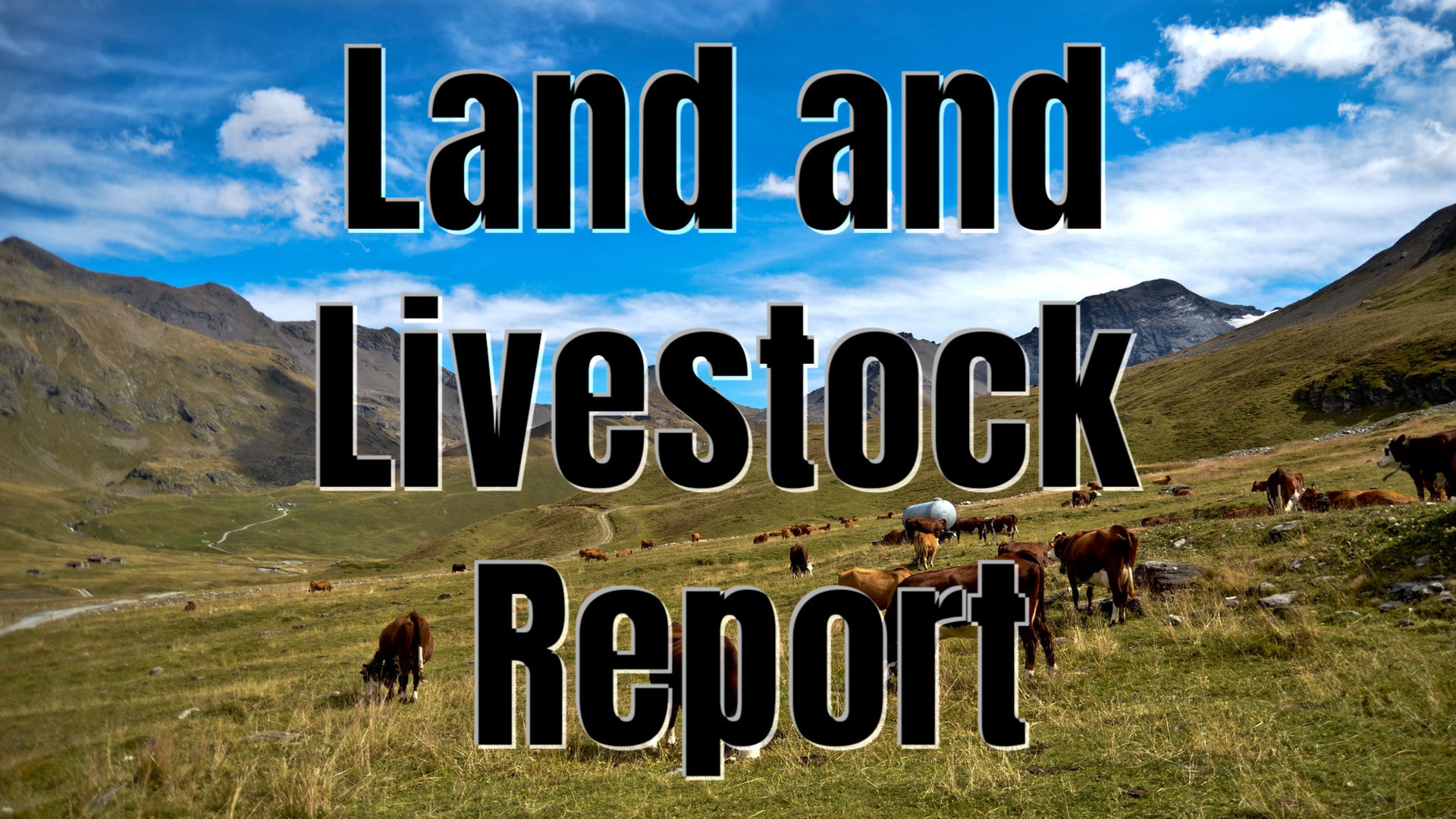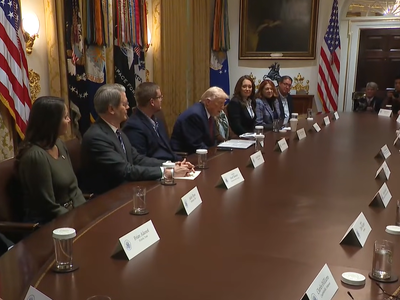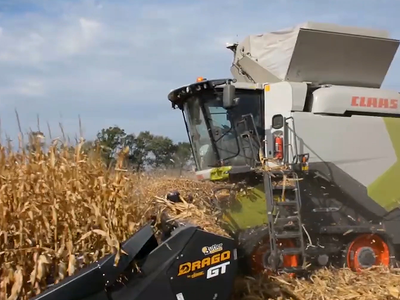Hay Testing
Welcome to Open Range, I’m Susan Allen. Stay tuned because after the break I’ll check in with our field reporter, Greg Martin for the AgriBeef Minute.
I’m Greg Martin with today’s AgriBeef Minute. You have a pretty good idea about what nutrients you and your family get everyday but what about cattle feeding on hay? Are they getting all they need?
WICKERSHAM: What we urge producers to test for at the bare minimum is to get a crude protein value. And then typically they get some kind of measure of fiber whether that’s NDF or ADF. What we’d really like to see producers start doing is try and get an in-vitro dry matter digestibility done to get a better understanding of how digestible their forage is.
That is Tryon Wickersham, Assistant Professor, Animal Nutrition, Texas A&M who says a simple hay test can help you determine how to adjust supplements.
WICKERSHAM: Take a sample of the forage. We really prefer the producer to use a core sampler which most extension offices have a core sampler that they can borrow. And you go sample each lot and take maybe 10 samples from each lot and combine them into one sample and then send us that sample and we can analyze it or you can send it to a commercial laboratory.
Wickersham says considering the cost of hay and supplements the cost of the test is relatively minor and can help boost production.
WICKERSHAM: We’ve demonstrated time and time again people aren’t all that good at predicting what their hay actually is in terms of it’s nutritive value. Just because it looks good doesn’t mean it’s necessarily good and just because it might look bad to us doesn’t mean it’s necessarily a bad or low quality forage.
I’m Greg Martin and that’s today’s AgriBeef Minute.
Thanks Greg. Don’t forget Greg will be back each Wednesday with the AgriBeef Minute. Agri Beef Co - Real Families, Great People, Exceptional Beef. I’m Susan Allen.

















